The File in question has a known problem in that the scan as JBIG2 is supposed to be highly compressed clean pixel scan without some of the issues that a jpeg may introduce when its low quality. However the format as used by some commercial scanners can notoriously infill 6 to look like 8 as seen in this sequence from page 1. see https://en.wikipedia.org/wiki/JBIG2#Disadvantages

For several reasons it is suggested by some organisations it not be used for critical documents where image fidelity needs to be as generated by more conventional TIFF GIF or PNG Monochrome scans.
To extract such an image requires 2 lines of code using 2 libraries
poppler\bin>pdfimages -all 7535-7pt.pdf out
and a for loop in this case 001-81 for the 243 out-puts similar to
jbig2\Library\bin>jbig2dec -o out-001 -t pbm out-001.jb2g out-001.jb2e
Meta data for first 3 pages can be seen here (where a poor 200 dpi equivalence had been used)
23.01.0\Library\bin>pdfimages -list 7535-7pt.pdf
page num type width height color comp bpc enc interp object ID x-ppi y-ppi size ratio
--------------------------------------------------------------------------------------------
1 0 image 1184 832 gray 1 8 jpeg no 6 0 100 100 554B 0.1%
1 1 stencil 1967 1230 - 1 1 jbig2 no 8 0 200 200 7885B 2.6%
2 2 image 1184 832 gray 1 8 jpeg no 13 0 100 100 573B 0.1%
2 3 stencil 1966 1200 - 1 1 jbig2 no 15 0 200 200 7415B 2.5%
3 4 image 1184 832 gray 1 8 jpeg no 19 0 100 100 552B 0.1%
3 5 stencil 1967 1201 - 1 1 jbig2 no 21 0 200 200 7829B 2.7%
the 81 pbm's will be a faithful copy of the poor variable inputs typically (
/MediaBox [0 0 842 596] /Rotate 270
/Image
/BitsPerComponent 1
/Width 1967
/Height 1230
/ImageMask true
/Filter
/JBIG2Decode
) and the old 243 images can be discarded (PDF file should have been discarded anyway, and paper source rescanned at higher resolution) as images are of no use except to show the errors as above.

